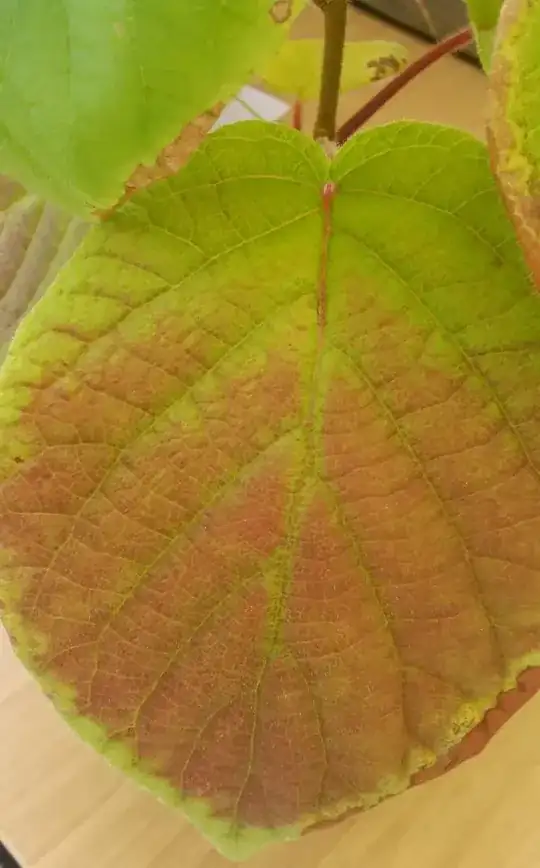This shrub was flowering in October in Exeter, UK. On the University campus which has collections of exotic species.
-
Was this in the Diamond Jubilee garden on campus outdoors? Or inside? I'm very surprised it wasn't labelled... How tall and wide was it? – Bamboo Nov 10 '18 at 17:37
-
Outside below Reed Hall. Very difficult to approach but could not see a label. Old and well established, 10 feet tall maybe spreading 5 or 6 feet. Looks like Lorel C has got it as Colletia Paradoxa. – Peter Thring Nov 11 '18 at 19:28
-
Yep, I think the ID is correct. Amazing its grown to that size here...must be the western coastal microclimate – Bamboo Nov 11 '18 at 20:08
1 Answers
What a fascinating looking plant! I hunted and hunted through my go-to plant references (AKA the internet), and came upon quite a few references, including a blog about the plant collection at your very university.
The plant is called Colletia Paradoxa, also known as the Anchor Plant , Thorn of the Cross, Crucifixion Thorn and Jet Plane Plant. You can read about it at
2013 Exeter Univ. blog post by LJ Griffiths
or
or
According to them, "The Anchor Plant is slow growing to 9 feet tall with oppositely arranged flattened 2 inch wide triangular spine tipped gray-green photosynthetic stems (called Cladoes) that resemble a ships anchor . A small creamy white lightly fragrant flower (almond like scent) develops at the stem joints in late summer or fall."
"Flowers are very sweetly scented, close to the smell of marzipan. Originally named Colletia Cruciata discovered by Gillies and hook.
Sir William Jackson Hooker’s Father came from Exeter and was also a collector of unusual plants....
This striking and unusual plant ... is a member of the Rhamnaceae family."
and a "non-legume nitrogen fixer."
- 3,639
- 1
- 13
- 20

